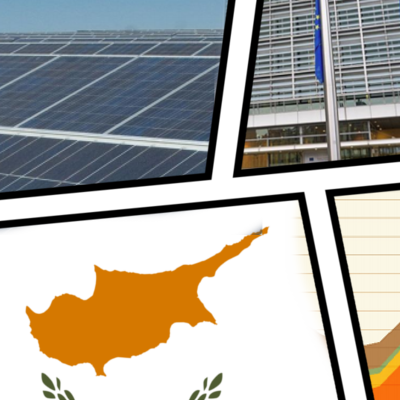R&I Framework Programme Projects
Check out the full list of R&I projects here
Support projects to EU regions and countries
We support national and regional energy and climate change policies/initiatives through the following projects.

Analysing the Baltic power system and market changes
The energy policy of the Baltic States is integrated in the energy strategy of the European Union for secure, competitive and sustainable energy. We address several aspects of the Baltic power system and market developments, including detailed power system studies, adequacy analyses, low-carbon technologies integration and new market schemes impact evaluations. Our scientific and technical analyses mainly contribute to the policy decision making process within the Baltic Energy Market Interconnection Plan platform.

Analysing the Cyprus power system and market changes
Cyprus, as an EU energy island, represents a key test case for the implementation of advanced policies promoting a more secure, competitive and sustainable energy supply. We support, along with DG SRSS and ENER, the Cyprus government to establish a comprehensive medium- to long-term policy for the optimum penetration of renewable energy in the electricity system. More in detail, we assess the power system and market arrangements better suited to host increasing shares of solar (and wind) energy sources.
